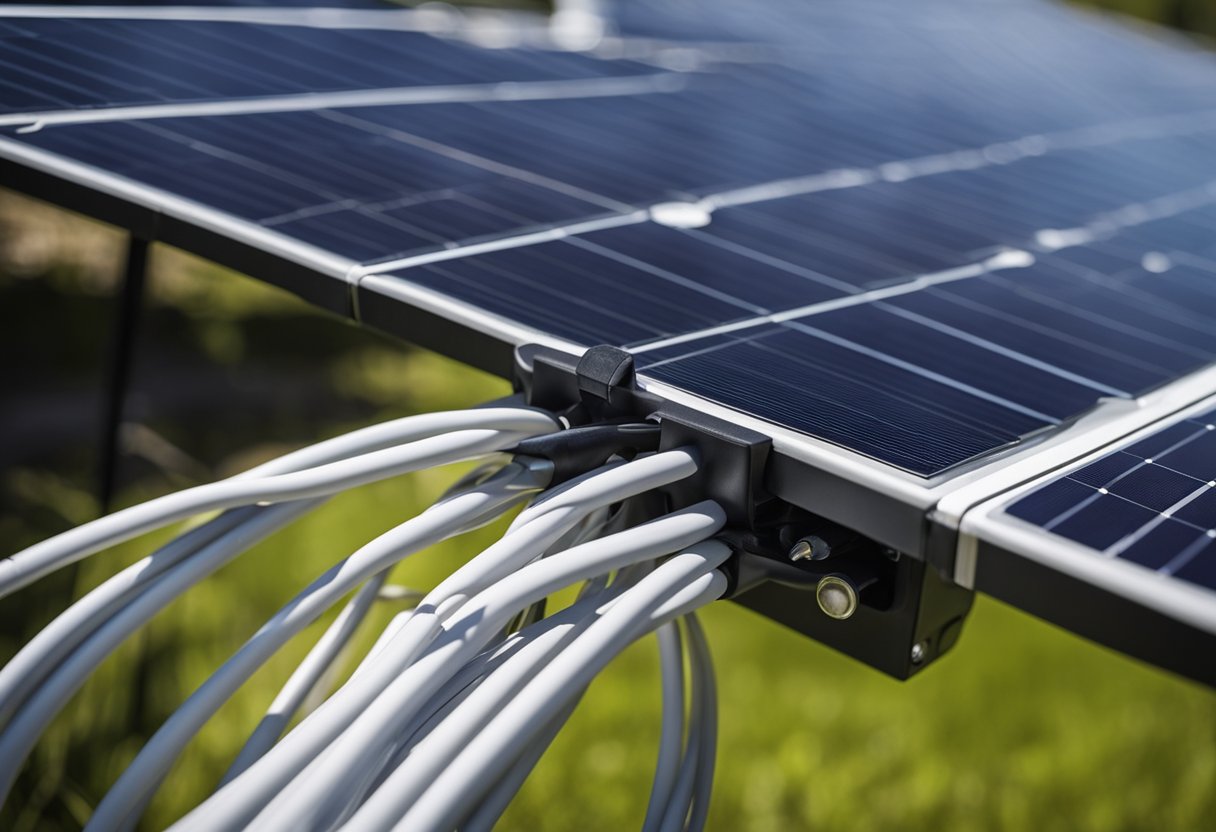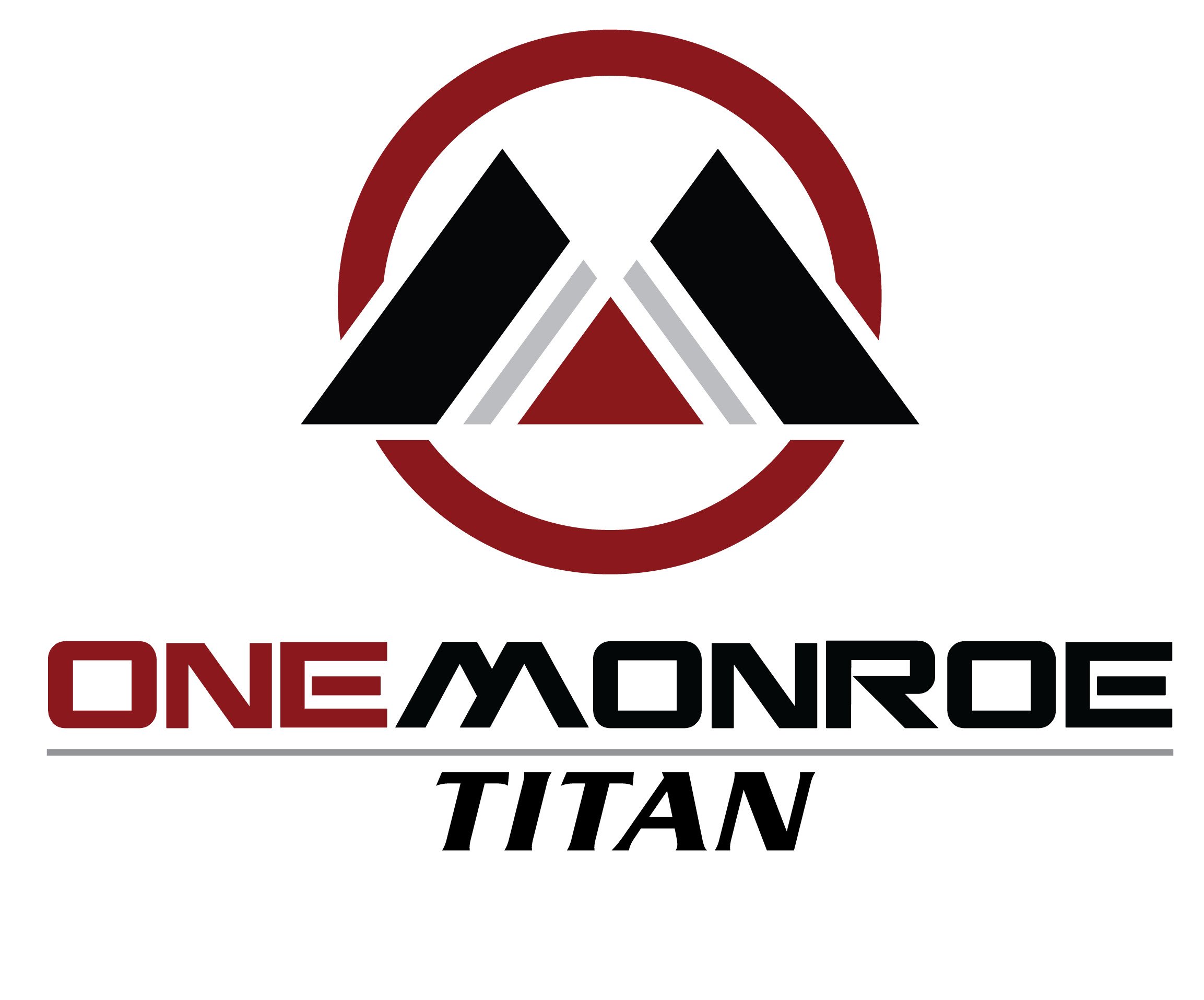
As we explore the world of solar energy, it’s essential to recognize the critical role that solar cables play in efficient energy storage solutions. These cables are pivotal in ensuring minimal energy loss as electricity travels from solar panels to inverters, the grid, or storage systems. This efficiency directly impacts the performance and reliability of solar power installations, making high-quality solar cables indispensable.

Solar cables act as the lifelines of solar energy systems. They connect various components, allowing us to capture and transmit electrical energy efficiently. Through optimal cable selection, we can significantly enhance the durability and output of our energy storage solutions, ensuring they meet the ever-growing demands for sustainable energy.
Fundamentals of Solar Cables in Energy Storage Systems
In energy storage systems, solar cables are vital for connecting and transmitting power between photovoltaic systems and various components such as batteries and inverters. They ensure efficient energy flow, durability, and safety within both residential and industrial applications.
Types of Solar Cables and Their Applications
Solar cables vary based on their application within a photovoltaic system. DC cables are pivotal as they carry direct current generated by solar panels to inverters, which convert it into alternating current for home or industrial use. AC cables are then used to distribute this converted energy. The importance of choosing the right type of cable cannot be overstated as it affects the efficiency and reliability of the entire solar energy system.
Battery storage systems rely heavily on energy storage cables, which are designed to effectively manage the connection between solar panels, batteries, and inverters. Understanding which cables to use ensures optimal performance, reduces energy loss, and extends the lifespan of the components involved.
Essential Properties of Solar Cables
The essential properties of solar cables play a crucial role in ensuring their functionality and longevity. First, they must be resistant to environmental factors such as UV exposure, temperature fluctuations, and mechanical wear, which could otherwise degrade the system.
Further, solar cables typically have a double layer of insulation. This enhances their safety and durability, protecting against short circuits and ensuring a long service life. High voltage and current capacity are also necessary to efficiently handle energy generated by solar panels, making these properties indispensable for both residential and industrial photovoltaic systems.
Electrical Performance and Safety Considerations
Electrical performance and safety are top priorities when it comes to solar cables. Using the right cables minimizes energy loss between the solar panels and the rest of the system, maintaining the efficiency of electricity transmission. The effectiveness of electrical system management directly influences the system’s performance.
Safety considerations focus on preventing hazards such as short circuits or electrical fires. Utilizing cables with proper insulation, adequate voltage rating, and temperature resistance is essential to minimize risks. Employing appropriate cables ensures the safety of all system components, contributing to the overall reliability and sustainability of renewable energy setups.
Optimizing Energy Storage With High-Quality Solar Cables
In the realm of sustainable energy solutions, quality solar cables play a pivotal role in reducing power loss, enhancing energy efficiency, and ensuring durability. They are essential for maximizing the performance of energy storage systems. Proper insulation and reliable operation contribute to the overall safety and longevity of these setups.
Reducing Power Loss and Maximizing Energy Efficiency
High-quality solar cables are designed to minimize power loss, which is crucial for energy efficiency. Electrical conductivity is a key factor, determined largely by the choice of conductor materials. Copper and aluminum are commonly used due to their superior conductivity.
Using correctly rated cables allows us to handle the necessary current capacity and rated voltage effectively. This prevents energy loss as electricity travels from the power source to the storage system or batteries. Consequently, high-quality cables enhance energy efficiency by ensuring more electricity is stored and utilized rather than lost.
Durability, Reliability, and Environmental Resistance
Solar cables must withstand various environmental factors to maintain reliability and durability. They must be resistant to UV radiation, extreme temperatures, and corrosion. The outer sheath and insulation protect the cables from degradation caused by sunlight and other weather conditions, ensuring long-term functionality.
Temperature range and corrosion resistance are vital for operations in diverse climates. By choosing cables that can endure adverse conditions, we minimize the risk of short circuits and ensure sustained, efficient operation. This reliability extends the life of our energy storage solutions, ultimately meeting our energy needs consistently.
Compliance With Safety Standards and International Guidelines
Safety is a paramount concern when dealing with electrical systems. Solar cables must comply with international standards and safety guidelines to ensure safe operation. Regulations address the structural integrity of the cables, such as adequate insulation and suitable conductor materials.
Proper compliance minimizes risks associated with electrical current and high-voltage cables. It provides safeguards against malfunctions that could lead to energy loss or system failure.

